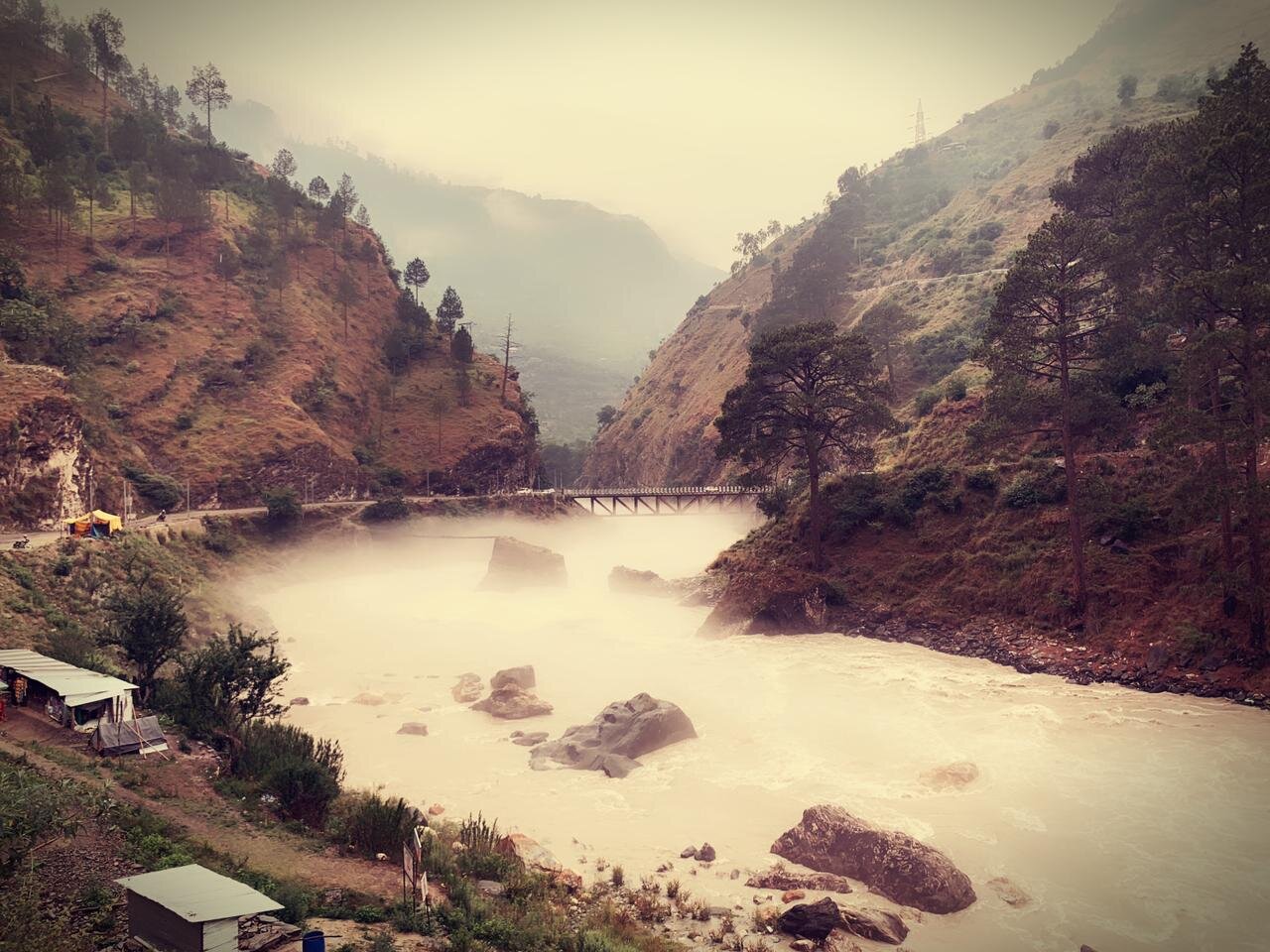Like any other developing country, India is trying to progress, but that often comes at a cost: whether it be in terms of the damage to the ecology, the suppression of climate warriors, or even the loss of lives and livelihoods due to the frequent floods, droughts, and landslides in India.
This poem is based on issues pertaining especially to the lower Himalayas region--a once-pristine area that is now grappling with an increasing number of tourists as well as an increase in hydro-electric dams. While these offer opportunities to the inhabitants of that area, they are unhappy about the damage to the environment. For them, the trees and rivers are their family, and this is expressed in the poem. This poem is also inspired by environmental activists like the late Prof G D. Agarwal and Sunderlal Bahugana, who passed away this week (May 2021) and was one of the leaders of the Chipko* movement in India.
The Man Who Predicted His Own Death
His legs jerking like a lizard’s tail
while the cops tried to force-feed him,
knew that the dam had been sanctioned,
the officials bribed,
the river banks concretized,
the villages flooded,
the villagers maggoted into cities.
Yet, he still fought for the river, warning
that this river will rage again, if dammed, yet again
just like this river had once flowed from the heavens with such force
that all the sages and gods had prayed to Shiva,
to save the earth from being swept away.
To him this river was his mother.
Just like the trees were family
to the women from the villages up the river,
who chained themselves to the trees,
blocked the loggers, and sang:
“Kill us if you want to cut the trees.
We are one and the same”
until the loggers had to leave.
A tree is not a forest.
But even trees know
that to survive
they have to offer food through their roots
and not cross into the canopy of each other.
The Man Who Predicted His Own Death is inspired by Prof G. D. Agarwal who fasted unto death in 2018 in protest against the building of dams along the river Ganga. Also, by the Chipko** (sticking to something) movement that occurred in the 1970s among the villages of the foothills of the Himalayas, in which village women linked hands and formed barricades around trees to prevent loggers from cutting any more trees in that area. Lastly, it is inspired the fact that recent research has shown that trees are known to offer nutrients to each other through their roots, even after they have been cut down (Source: The Hidden Life of Trees by Peter Wohlleben). We have a lot to learn from nature.
Jonaki Ray was educated in India (Indian Institute of Technology Kanpur) and the USA (University of Illinois Urbana-Champaign). A scientist by education and training, and a software engineer (briefly) in the past, she is now a poet, writer, and editor in New Delhi, India.
Jonaki was nominated for the Pushcart Prize and the Forward Prize for Best Single Poem, and won the First Prize in the 2017 Oxford Brookes International Poetry Contest, ESL category. She is a 2019 Iceland Writers Retreat Alumni Award winner, and has been shortlisted for multiple other awards, including the 2018 Gregory O'Donoghue International Poetry Prize and the 2016 Writers' HQ International Fiction Contest.
Her work has been published in Poetry, The Rumpus, Southword Journal, So to Speak Journal, Lunch Ticket, Indian Literature (India’s National Academy of Letters), and elsewhere.
Bridge to cross the Tirthan Valley, Himachal Pradesh, India.
Deforestation in the lower Himalayas
School going girls, Tirthan Valley, Himachal Pradesh, India.
Development near the Great Himalayan National Park, Himachal Pradesh, India.
Chamera Dam, Chamba, Himachal Pradesh by Amarjyoti Dutta
Himachal Pradesh by Rahul Bakshi
Traffic, Himachal Pradesh by Amarjyoti Dutta
Kullu Valley, Himachal Pradesh, Bikash Ray











